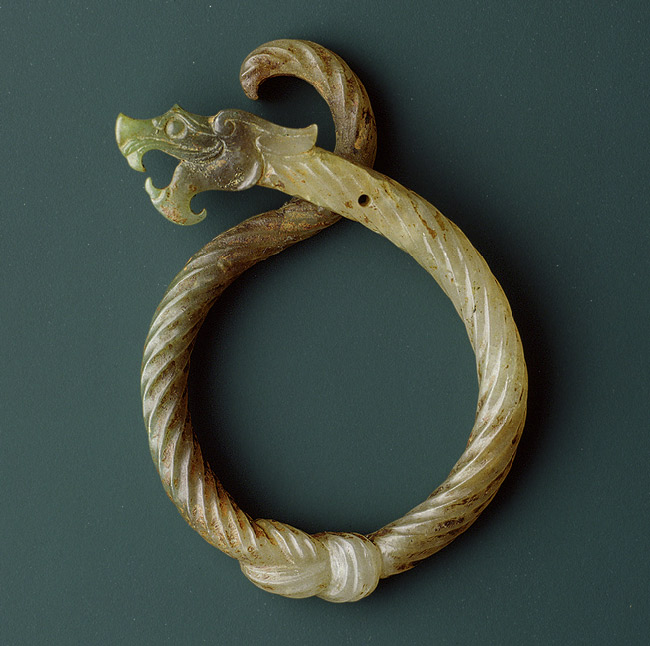Fa Xing wrote:You would absolutely not be able to do a turkish get up or handstand without a strong core, no matter how strong your arms are, it's that simple. Your entire body works as a unit, with lines of fascia, muscles, and joint systems connecting together in order to produce a particular movement pattern. The shoulder girdle which includes the scapula, latissimus dorsi, the SITS muscle group, pectoralis major/minor, trapezius, etc. all require the whole of the body to stabilize the weight overhead while moving from the prone (laying on one's back) to standing and back down again. A similar process is needed for the handstand.
I have no doubt that the Tiangan trains the core, the thought I have always had about Traditional Chinese bodyweight condition neigong is that a great deal of the time the upper body isn't loaded enough to produce the proper training response, and thus one may not get the appropriate stimulus in order to understand how to connect the core of the body (i.e. the torso) with the upper extremities.
http://functionalmovement.com/ has some great material on this type of stuff.
If done correctly you will
It was about core strength before the fitness industry ever heard the name
The initial question was about core not limbs
Training arms and legs is another matter
You are right just like running or walking even though the arms come into it they are not the primary training target



